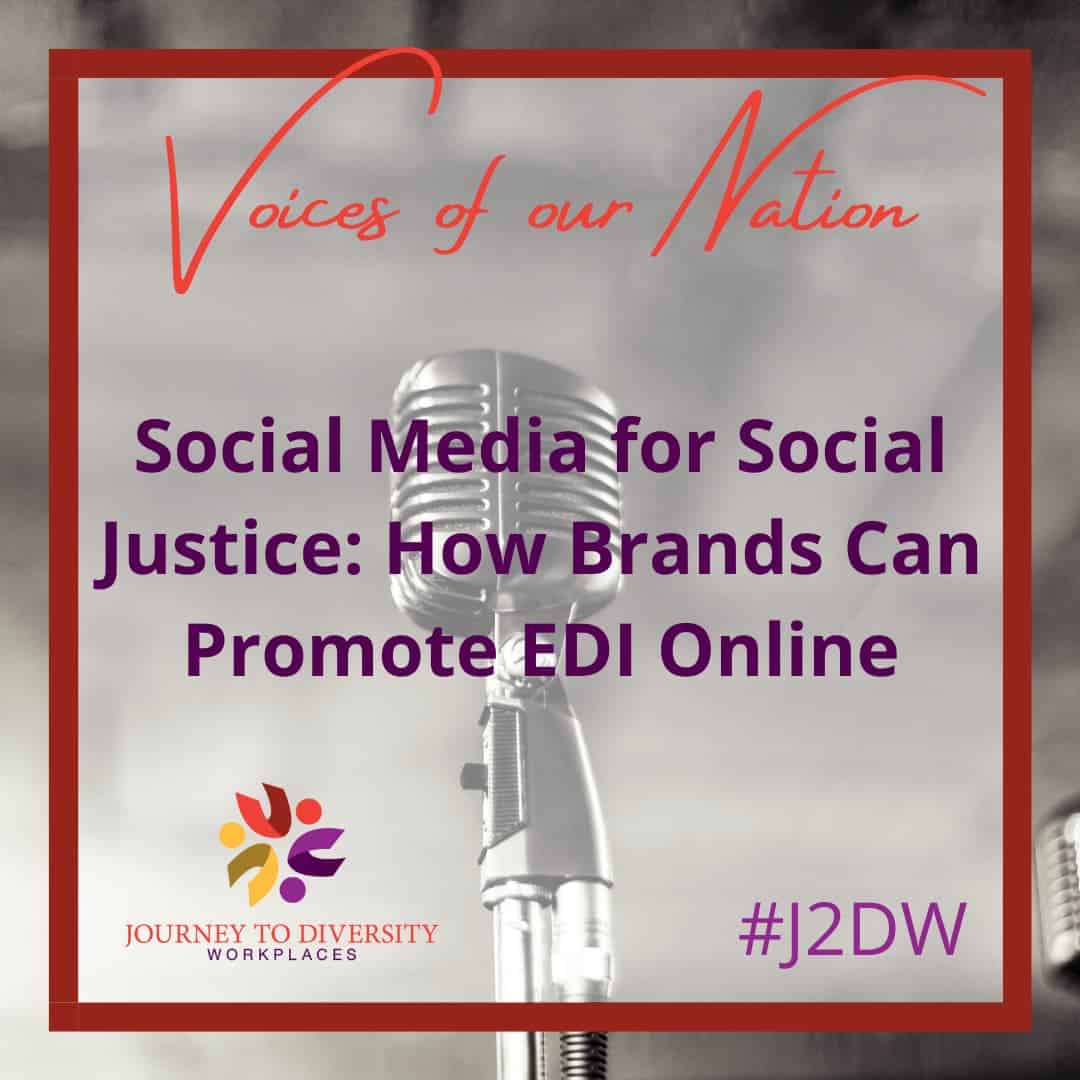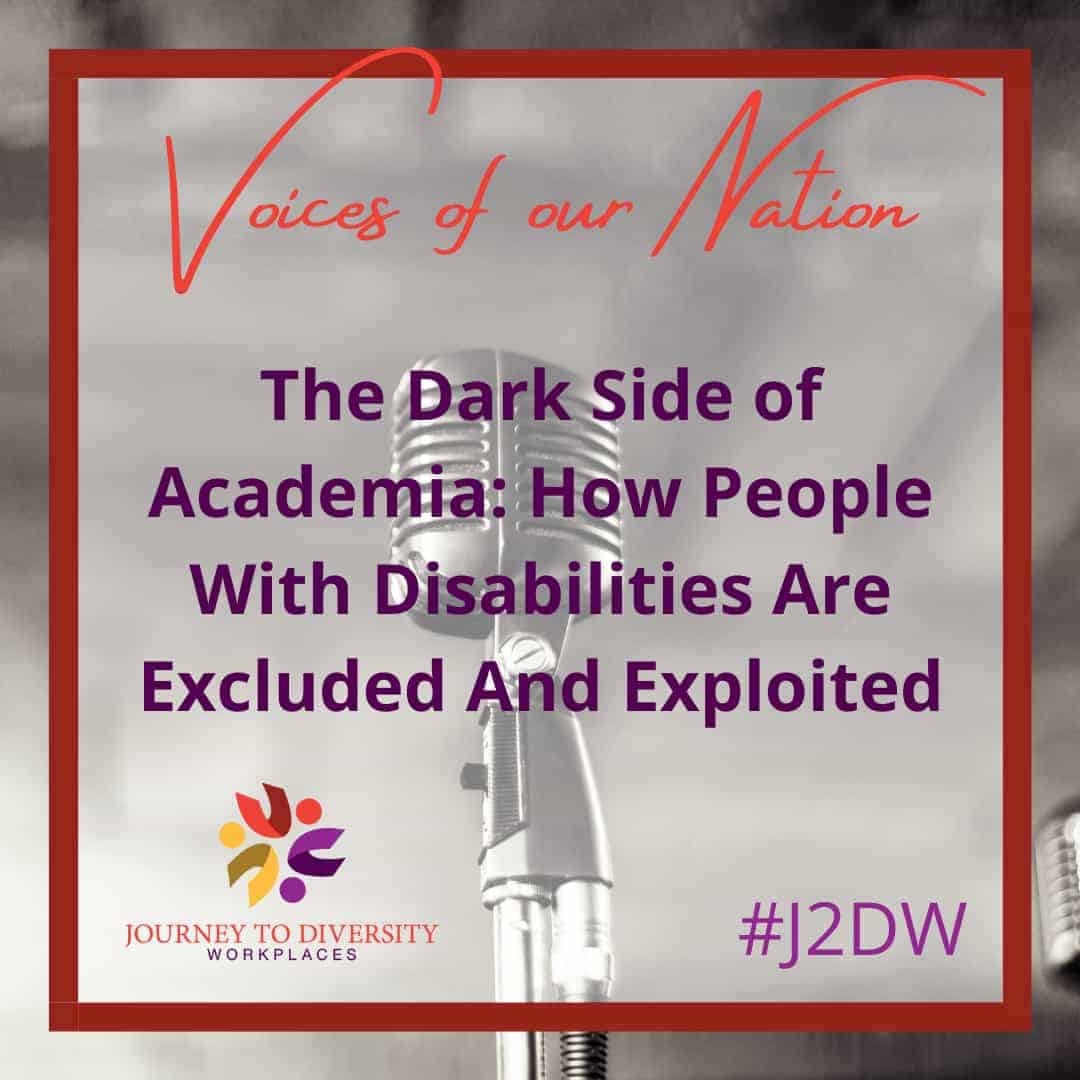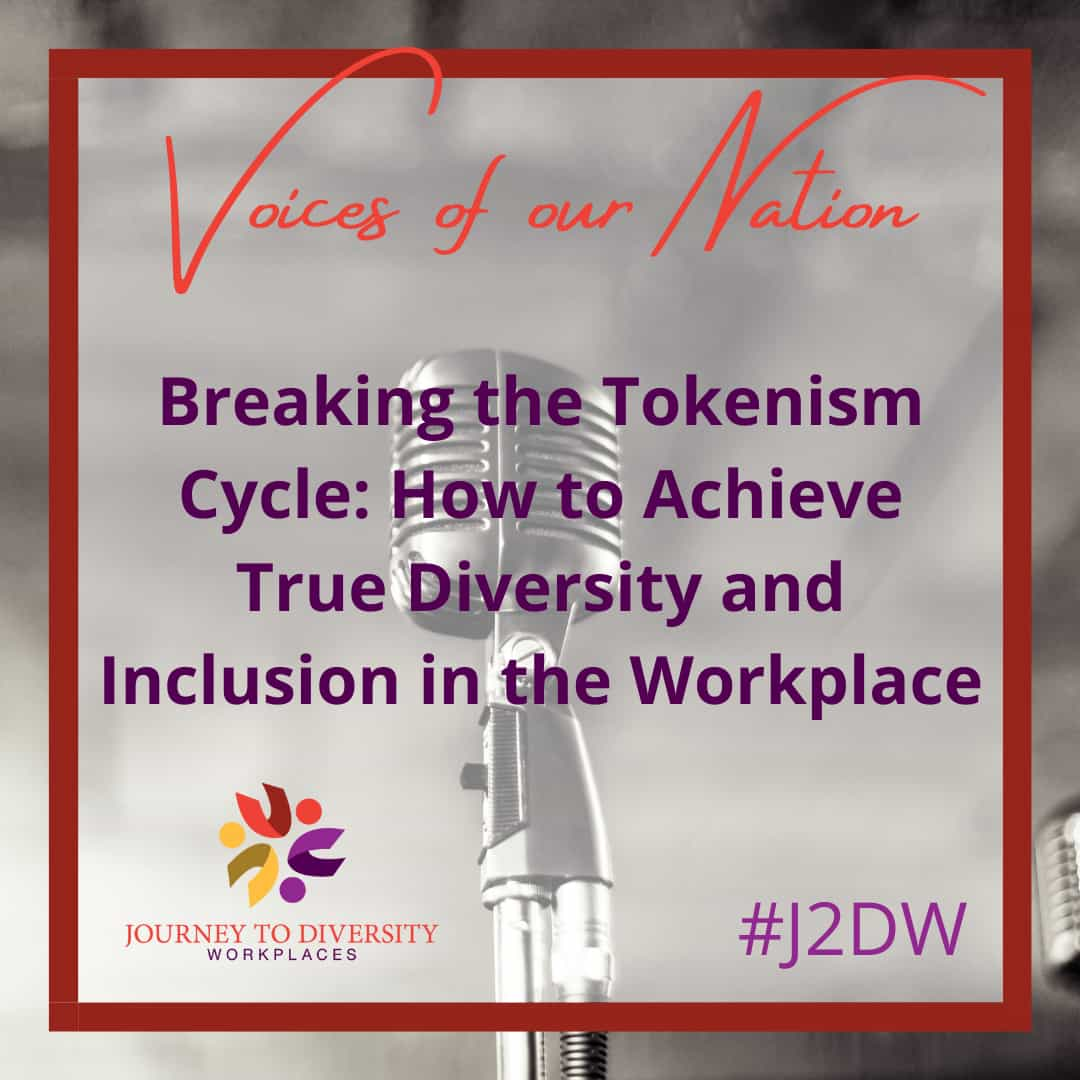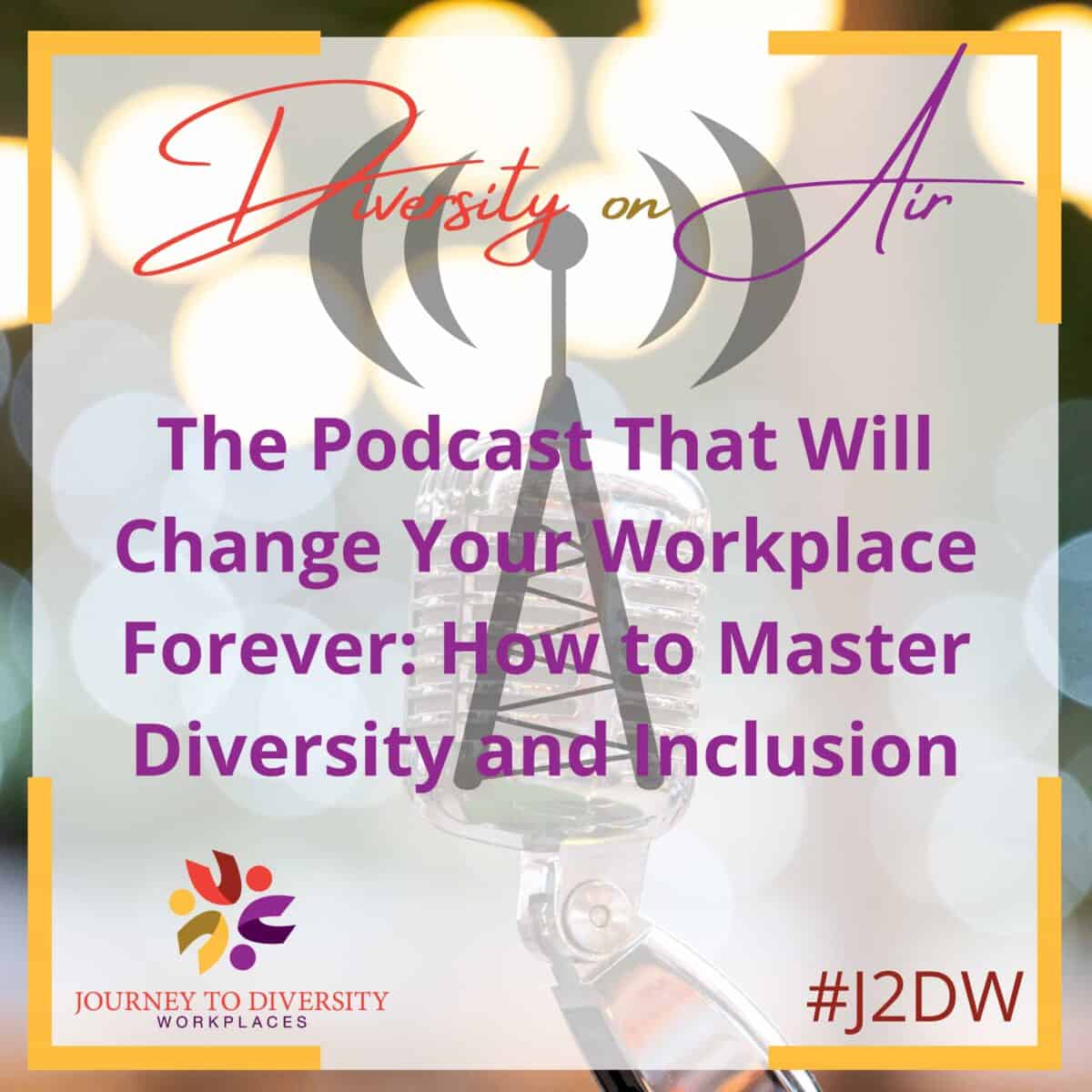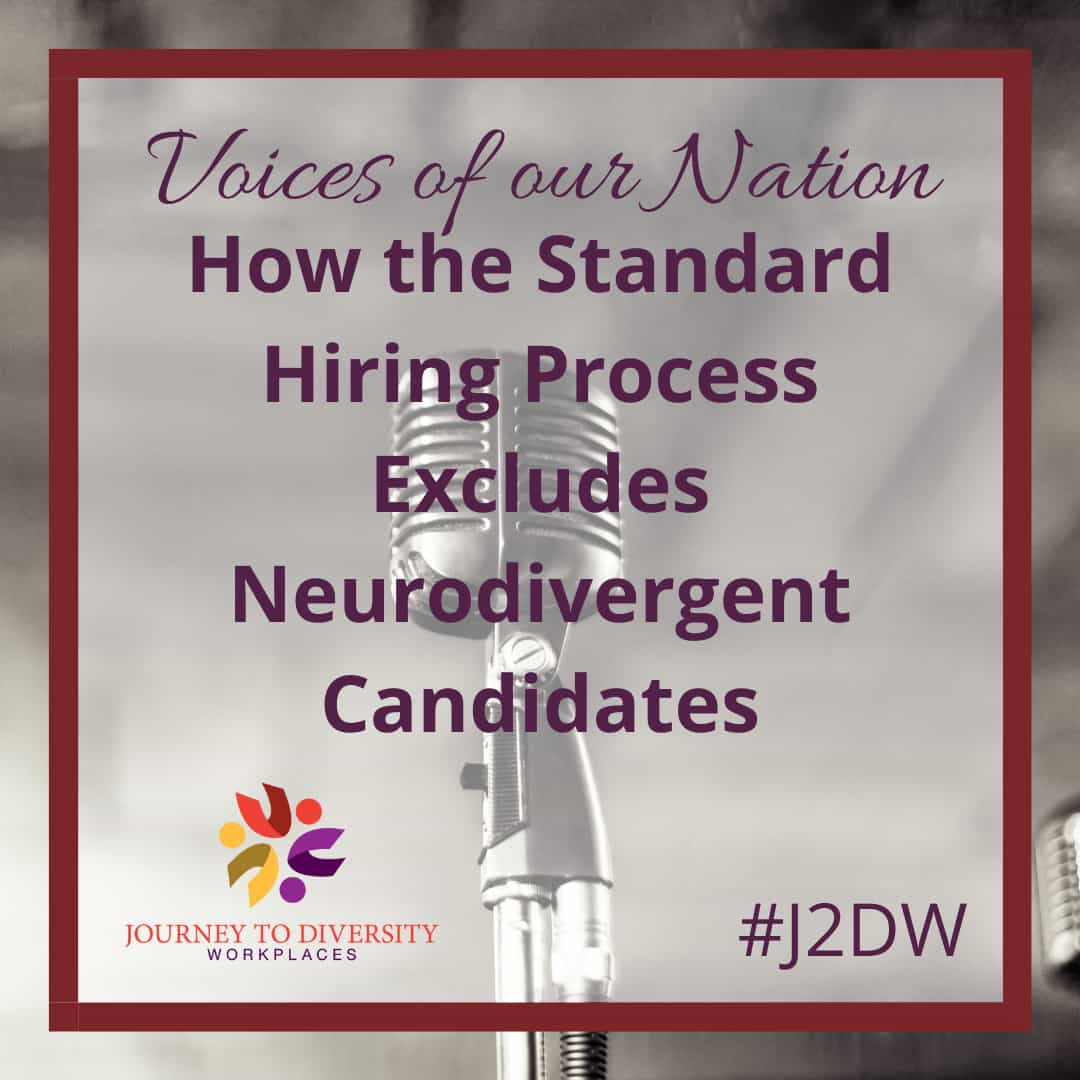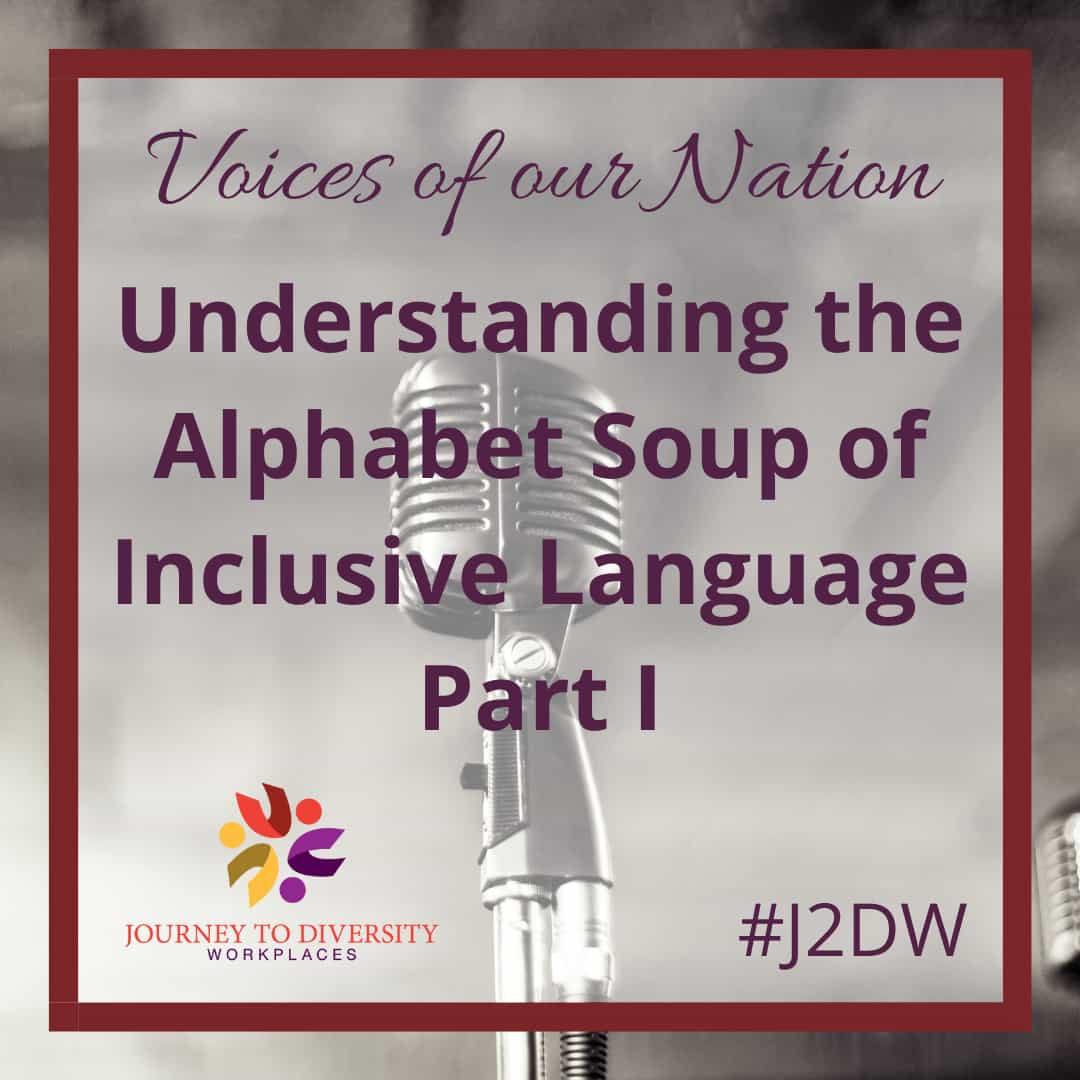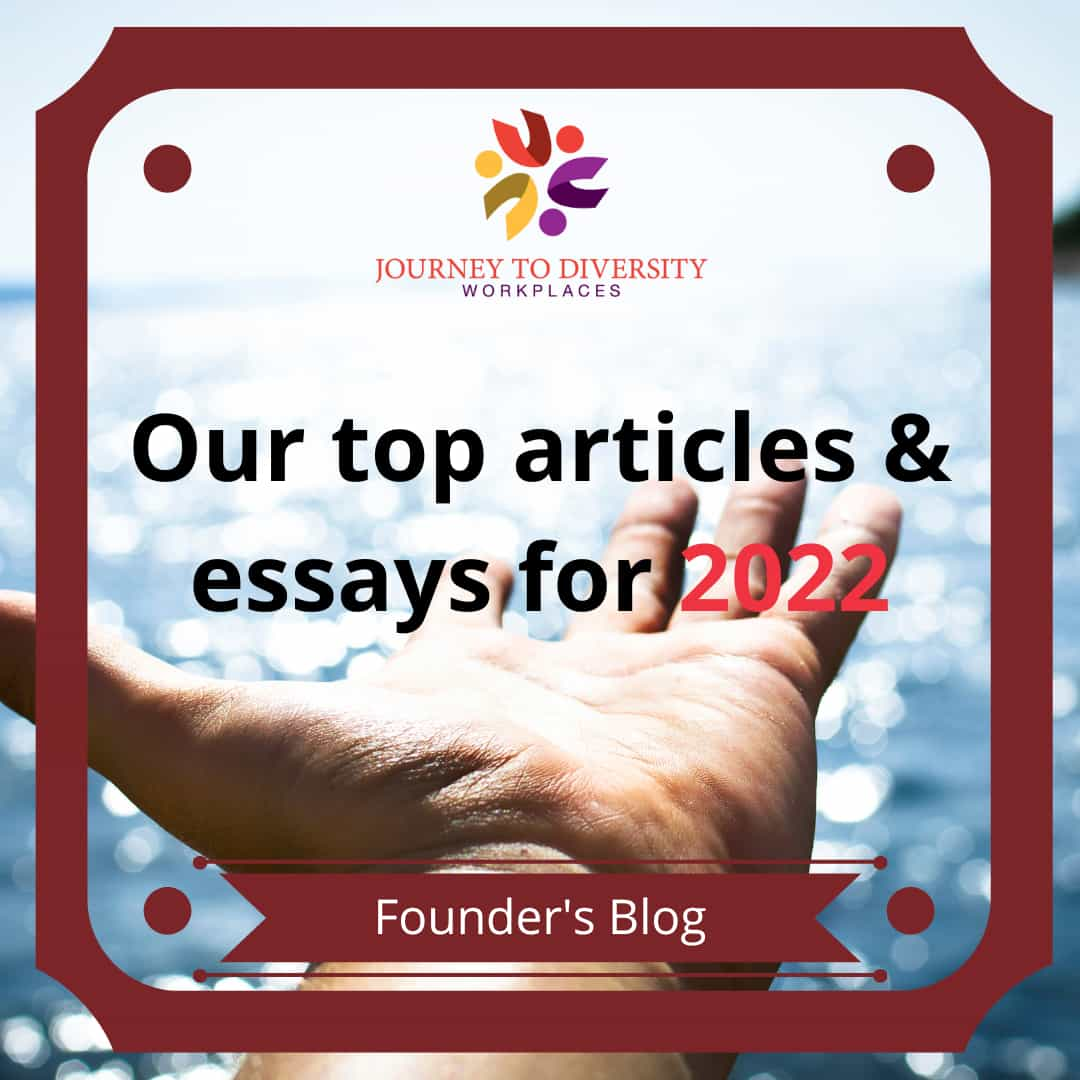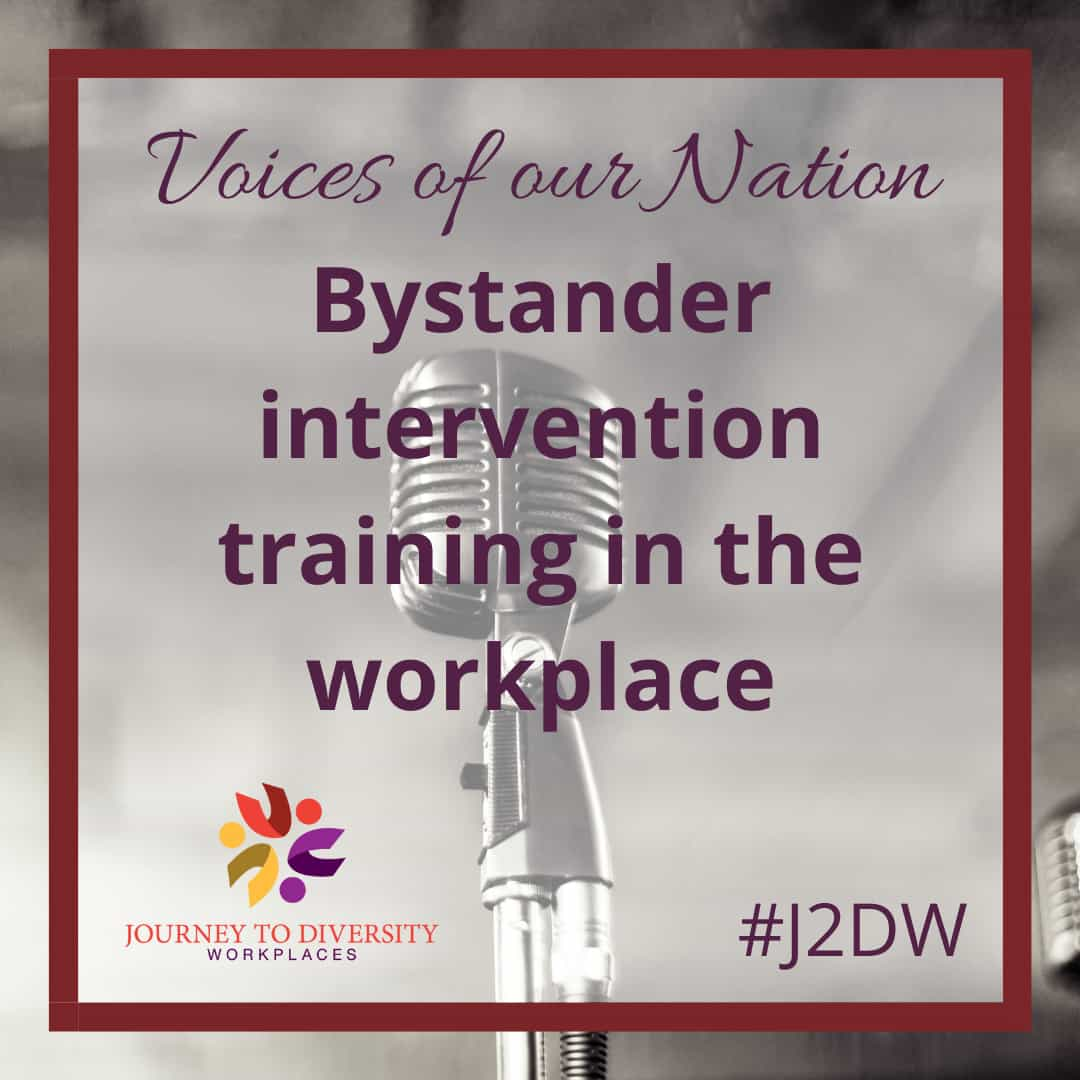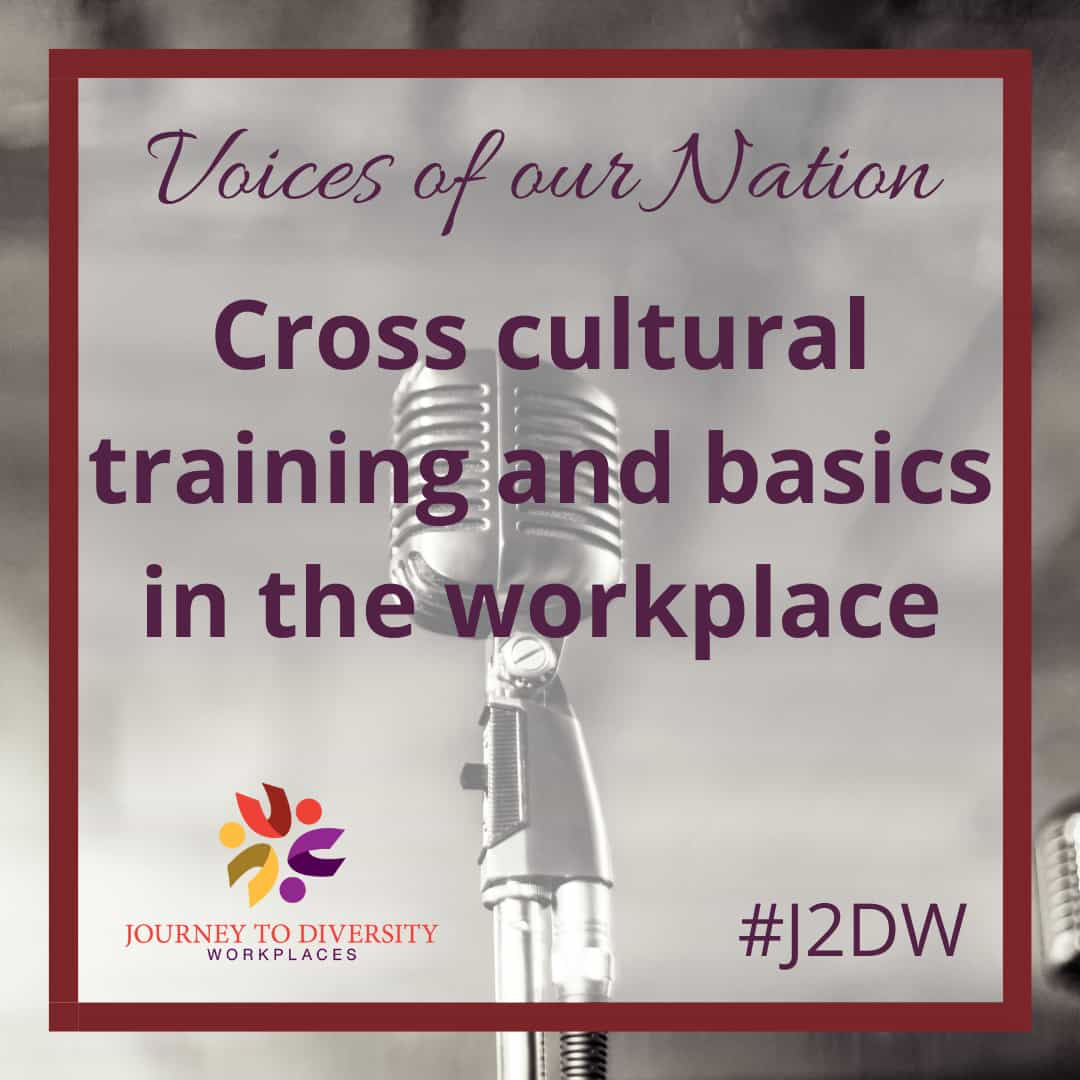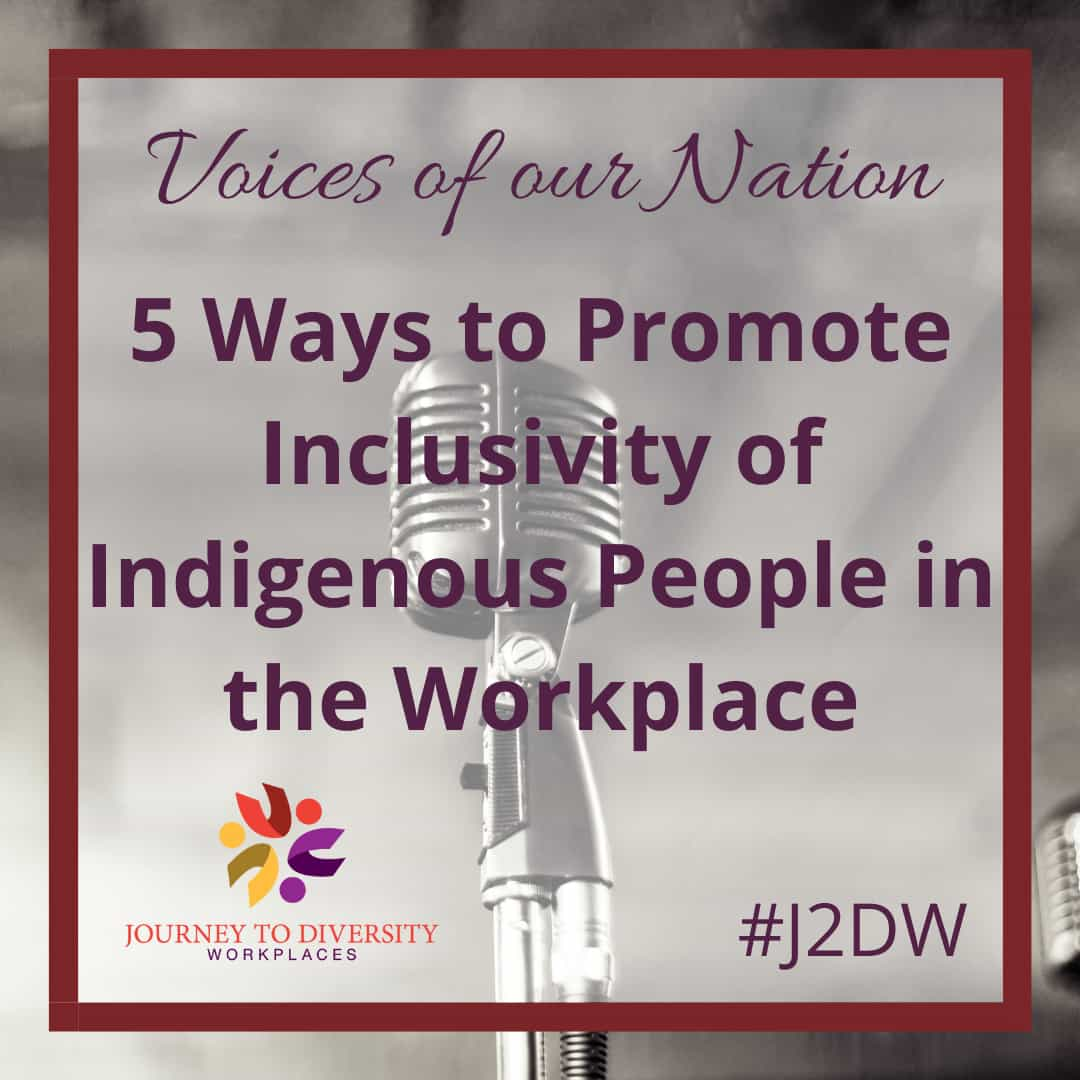The process of applying for a new job tends to be pretty routine. Search job boards and agencies for a position that suits you, tailor a resume, write a cover letter, sit through a certain number of interviews, and with any luck, receive a job offer by the end. Most people don’t land a job on their first try—job hunting can be incredibly draining, even disheartening after a number of unsuccessful applications, but that’s accepted as par for the course. The process of applying for a job usually doesn’t vary much across different fields. The skills and experiences required for a given position change, but interviews themselves are frequently similar. This conventional process, however, is one that is structured against neurodivergent people and tends to filter them out, seriously inhibiting their chances of finding employment.
“Neurodivergent” is a non-medical umbrella term that describes people whose brain functions and/or learning processes differ from that which is considered “normal.” It includes autistic people, people with ADHD, people with learning disabilities such as dyslexia, as well as several other neurological differences (University of Connecticut [UConn], n.d.). Because the term describes disabilities that are frequently invisible, there is little way of knowing for certain whether or not an individual is neurodivergent, not even in the case of someone you think you know well.
While exact figures are not known due to the lack of published statistics on unemployment rates among people with neurological differences, as a whole neurodivergent adults remain acutely underemployed. Unemployment rates can run as high as 30-40%: three times that of people with physical disabilities, and eight times that of people who are not disabled (UConn, n.d.). Some subgroups face more struggles than others with finding work. Autistic people, for example, remain disproportionately underemployed, with only 16% of autistic adults working full time despite the majority of them wishing to pursue employment (London School of Economics and Political Science [LSE], 2017).
Most neurotypical people (the descriptor for people who are not neurodivergent) have a poor understanding of neurodivergence. Representation in the media remains low, and the representation that does exist often plays into stereotypes and presents a very narrow view of neurodiversity. The depiction of autistic people in popular culture tends to feature white men almost exclusively, contributing to a narrow public perception of what autism looks like (Devlin, 2018). This lack of understanding ends up informing the hiring process, so it isn’t surprising that neurodivergent people are at a serious disadvantage when it comes to finding employment. Neurodivergencies are often excluded from conversations around disability and accessibility in professional environments because, to put it bluntly, our society is structured without neurodivergent people in mind. While the process of applying for a job may be relatively straightforward to a neurotypical person, for neurodivergent people it presents a series of challenges that often go unacknowledged.
The accepted blueprint for professional conduct is one that differs from the way in which many neurodivergent people operate, a by-product of societal ableism. Most job interviews, for example, rely heavily on the candidate’s ability to speak smoothly and pick up on social cues, which is precisely something that many neurodivergent people struggle with (Mumford, 2022). Many other behaviours that employers usually look for in potential candidates are also likely to exclude neurodivergent people. For example, candidates are expected to maintain eye contact with the interviewer, which is difficult for many autistic people. A candidate who fidgets may be considered too unprofessional and “not serious enough” for a certain position, even though people with ADHD and other neurodivergencies often have trouble sitting still. Many neurodivergent people are aware of these expectations, and sometimes spend extra energy during interviews masking their known neurodivergent traits. They might concentrate on maintaining eye contact with the employer or consciously suppress the need to fidget throughout the interview. The anxiety and mental exhaustion caused by masking can seriously impact performance during an interview that a neurotypical candidate would navigate with ease.
This means that a perfectly qualified candidate who happens to be neurodivergent will be filtered out by design, simply because they have difficulty presenting themself in a way that is arbitrarily considered to be “acceptable” in a standard interview (Mumford, 2022). Adjusting the hiring process to be more considerate of neurodivergent individuals is one significant way in which employers can create a more diverse workforce. For instance, some companies, especially large corporations, partner with advocacy groups to offer special programs that are dedicated to recruit neurodivergent talent (Fitzell, 2022). These programs are specifically structured to meet the needs of neurodivergent individuals during the recruitment stage.
While enormously beneficial for some, however, the effectiveness of such programs is still limited. For one thing, they require neurodivergent people to disclose their disability to a potential employer. For another, these systems don’t consider the fact that there are many neurodivergent people who have not received a diagnosis, thus barring them from receiving necessary accommodations. In particular, women remain underdiagnosed for neurodivergencies because of lingering assumptions that disabilities like ADHD and autism are “male disorders” (Devlin, 2018; Sigler, 2022). In the case of BIPOC men, underdiagnosis is an issue heavily linked to systemic racism. Young Black boys who have trouble concentrating in class are more likely to be dismissed as “disruptive” or diagnosed with a conduct disorder instead (Bogard, 2022), thus leading to a series of challenges and missed opportunities that stem from not having their needs met in childhood. The lack of documentation for a disability does not invalidate these individuals’ experiences and struggles in finding employment, and it should not mean that they aren’t just as entitled to accommodations as those who have received a diagnosis.
Fortunately, there are a number of steps that employers can take to make their hiring process more inclusive of neurodivergent candidates. For one, employers can embellish job advertisements by including a short audio file or video that explains the job posting along with the usual text file, letting interested candidates choose between the format that works best for them, and thus being more inclusive of dyslexic people and those who receive information better in a non text-based format (Mumford, 2022). Employers might also consider going beyond the traditional interview by creating a system in which all candidates are evaluated “on the job” by completing tasks or doing a test project to better determine if they will be the right fit for a given position (Mumford, 2022). While hardly making up an exhaustive list, these are two ways of making for a more inclusive hiring process without requiring candidates to share sensitive information about their disability with a potential employer.
But perhaps the most important thing you can do as an employer is to check your own biases, look beyond the standard social cues you’re accustomed to searching for, and reassess the criteria you use to identify a successful candidate (LSE, 2017). Seek out neurodivergent voices, such as local advocacy groups, and ask them what you can do during the onboarding process to be more mindful of neurodivergent peoples’ needs. By doing further research on neurodivergence, you can go a long way in making for a more diverse workforce, and creating more opportunities for qualified, talented individuals who will have plenty to offer once given a chance.
Sources
Bogard, M. (2021, October). Black Adults Who Live With ADHD. CHADD. Retrieved August 24, 2022, from https://chadd.org/adhd-news/adhd-news-adults/black-adults-who-live-with-adhd/
The Center for Neurodiversity and Employment. University of Connecticut. (n.d.). Retrieved August 24, 2022, from https://entrepreneurship.uconn.edu/neurodiversitycenter/
Devlin, H. (2018, September 14). Thousands of autistic girls and women ‘going undiagnosed’ due to gender bias. The Guardian. Retrieved August 24, 2022, from https://www.theguardian.com/society/2018/sep/14/thousands-of-autistic-girls-and-women-going-undiagnosed-due-to-gender-bias
Employers may discriminate against autism without realising. London School of Economics and Political Science. (2017, August 10). Retrieved August 24, 2022, from https://blogs.lse.ac.uk/equityDiversityInclusion/2017/08/employers-may-discriminate-against-autism-without-realising/
Fitzell, S. A. (2022, April 19). Inclusive Hiring: How to Revamp your Company’s Recruitment and Interviewing Processes. Medium. Retrieved August 24, 2022, from https://medium.com/neurodiversity-at-work/inclusive-hiring-how-to-revamp-your-companys-recruitment-and-interviewing-processes-8ec64ab5fd5d
Mumford, C. (2022, May 24). Adapting Hiring Processes to Get Neurodiverse Hiring Right. Simplify VMS. Retrieved August 24, 2022, from https://simplifyvms.com/2022/05/24/neurodiverse-hiring/
Sigler, E. (2022, July 11). ADHD Looks Different in Women. Here’s How – and Why. ADDitude. Retrieved August 24, 2022, from https://www.additudemag.com/add-in-women/
This article was written by summer student Cossette Penner-Olivera and edited by summer student Ilesha Prabhudesai. This article was funded by the Government of Canada.

